Antique Paris Nuclear Radiation Measuring Device Ionization Chamber Lab Electric
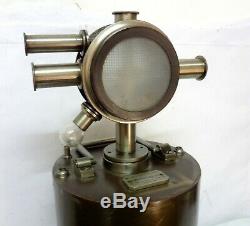
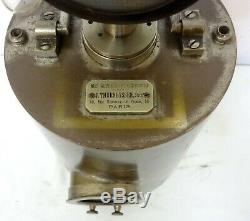

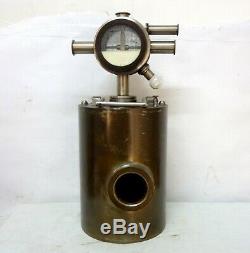
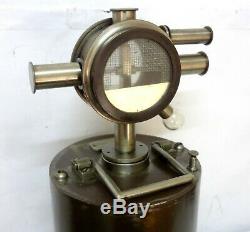

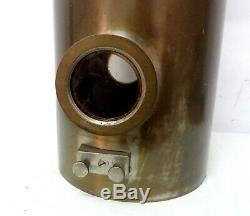
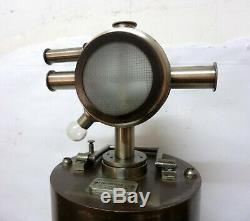
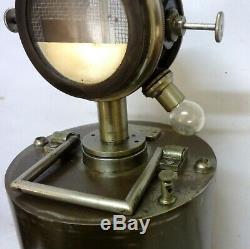
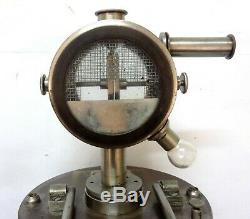
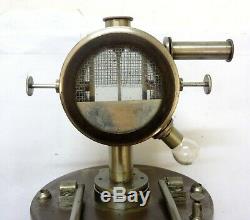


The ionization chamber is the simplest of all gas-filled radiation detectors, and is widely used for the detection and measurement of certain types of ionizing radiation. Conventionally, the term "ionization chamber" is used exclusively to describe those detectors which collect all the charges created by direct ionization within the gas through the application of an electric field. It only uses the discrete charges created by each interaction between the incident radiation and the gas, and does not involve the gas multiplication mechanisms used by other radiation instruments, such as the Geiger counter.
Ion chambers have a good uniform response to radiation over a wide range of energies and are the preferred means of measuring high levels of gamma radiation. They are widely used in the nuclear power industry, research labs, radiography, radiobiology, and environmental monitoring.
An ionization chamber measures the charge from the number of ion pairs. Created within a gas caused by incident radiation. It consists of a gas-filled chamber with two electrodes. The electrodes may be in the form of parallel plates (Parallel Plate Ionization Chambers: PPIC), or a cylinder arrangement with a coaxially located internal anode wire.A voltage potential is applied between the electrodes to create an electric field in the fill gas. When gas between the electrodes is ionized by incident ionizing radiation. Are created and the resultant positive ions and dissociated electrons move to the electrodes of the opposite polarity. Under the influence of the electric field.
This generates an ionization current which is measured by an electrometer. The electrometer must be capable of measuring the very small output current which is in the region of femtoamperes. Depending on the chamber design, radiation dose and applied voltage.
Each ion pair created deposits or removes a small electric charge. To or from an electrode, such that the accumulated charge is proportional to the number of ion pairs created, and hence the radiation dose. This continual generation of charge produces an ionization current, which is a measure of the total ionizing dose entering the chamber. However, the chamber cannot discriminate between radiation types (beta or gamma) and cannot produce an energy spectrum of radiation. The electric field also enables the device to work continuously by mopping up electrons.Which prevents the fill gas from becoming saturated, where no more ions could be collected, and by preventing the recombination. Of ion pairs, which would diminish the ion current.
This mode of operation is referred to as "current" mode, meaning that the output signal is a continuous current, and not a pulse output as in the cases of the GeigerMüller tube. Referring to the accompanying ion pair collection graph, it can be seen that in the "ion chamber" operating region the collection of ion pairs is effectively constant over a range of applied voltage, as due to its relatively low electric field strength the ion chamber does not have any "multiplication effect". This is in distinction to the GeigerMüller tube or the proportional counter whereby secondary electrons, and ultimately multiple avalanches, greatly amplify the original ion-current charge. Ultra rare ionization chamber made by Alvergniat-Chabaud/ J.
Probably the most sophisticated ionization chamber to measure radiation ever made. All defects not mentioned but visible in the pictures will be considered as described. If you have any question, do not hesitate to contact me. Thank you for your visit.
The item "ANTIQUE PARIS NUCLEAR RADIATION MEASURING DEVICE IONIZATION CHAMBER LAB ELECTRIC" is in sale since Sunday, June 9, 2019. This item is in the category "Collectibles\Science & Medicine (1930-Now)\Scientific Instruments\Other Vintage Science Equip". The seller is "liancollect" and is located in Buenos Aires, Buenos Aires. This item can be shipped worldwide.
- Modified Item: No
- Country/Region of Manufacture: France

